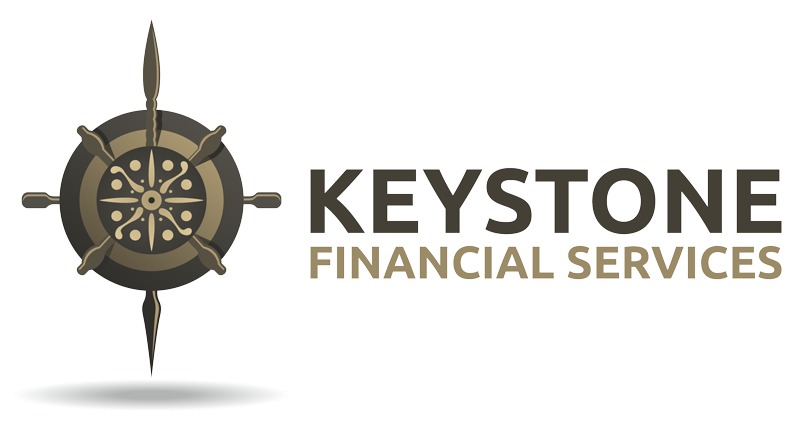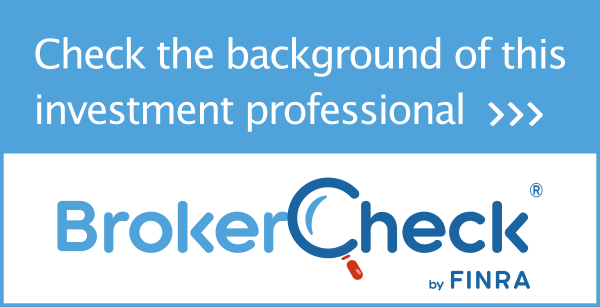Understanding Investment Risk
Submitted by Keystone Financial Services on March 25th, 2015All investors – be they conservative, moderate or aggressive – need to understand that the level of returns they expect to generate is directly related to the amount of risk they are willing to assume – the higher the return, the higher the amount of risk one needs to take. It probably doesn’t dawn on most people that, regardless of where you put your money, you assume some element of risk. For instance, if you focus solely on keeping your money safe from the possibility of loss, you risk not accumulating enough money to meet your goal. In this case, trying to avoid “market risk” increases your exposure to other types of risk, such as “inflation risk” or “longevity risk.”
Essentially, you need risk in order to generate the level of returns you will need to achieve financial independence. However, risks can be managed far more effectively than investment performance. You can’t predict the direction of the financial markets, or which mutual fund will outperform the others; however, you can mitigate risk and even have it work for you through proper asset allocation and portfolio diversification. By including a mix of assets and securities that act as counterweights to one another, a risk aware portfolio can capture returns wherever they might occur while reducing overall portfolio volatility.
Understanding the different types of risks and how they can individually and collectively impact your long term investment performance is crucial to constructing a well-conceived portfolio that can maximize your returns while reducing your overall risk.
Different Types of Investment Risk
Market Risk: The risk that most people associate with investing is market risk, the possibility of losing money due to the price fluctuations of the markets. Because it is difficult to know which way prices will move, investors can lose money if the market moves against them. However, losses are only realized if the investment is actually sold.
Inflation Risk: Many risk adverse investors and savers prefer the safety of savings accounts, CDs and government bonds. The risk they face is that the growth of their secured savings doesn’t keep pace with the rate of inflation which will, in effect, reduce the value of their money in the future.
Interest Rate Risk: The prices of interest bearing securities, such as government and corporate bonds fluctuate in response to the movement of interest rates. As interest rates rise, the prices of these securities will decline. So, as safe as government and high quality corporate bonds are, it is still possible to lose money. If the bonds are held to maturity, which can be as long as 20 or 30 years, the investor receives the full face value of the bond.
Taxation Risk: With the possible exception of some tax-exempt bonds, all investments will trigger a tax consequence, either as a result of income earned or capital gains realized from the sale of an investment. Over a long period of time, taxes can adversely impact the return on investment. Additionally, tax laws do change, so if an investment was based on its tax treatment, it could change at some point in the future.
Liquidity Risk: Investors who are concerned with having immediate access to their money need to be aware of liquidity risk. The safest of investments, such as CDs, have some liquidity risk because if it is redeemed too early the investor could lose a part of his principal. And, even though stocks, bonds and mutual funds can be liquidated at any time, investors may be reluctant to do so if they are in a loss position.
When investing, all possible risks should be evaluated against your overall tolerance for risk. The best way to manage risk is to invest with your specific goals in mind. The more diversification you can achieve the more stable your investments will be. Also, having a long term investment horizon will allow your investments to work through the inevitable down and up cycles of any market.




